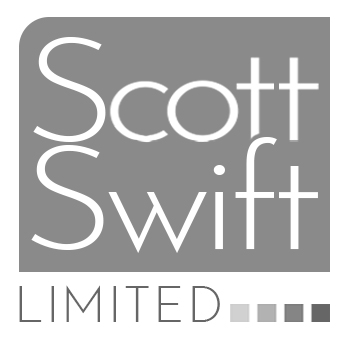Cleaning is a part of daily life, but many people believe that using more detergent, disinfectant, or soap will lead to better results. This is not always true. In fact, overusing cleaning products can cause more harm than good. They can leave behind residue, damage surfaces, and even affect your health. Understanding the right amount to use can save money, protect your home, and improve the effectiveness of your cleaning routine.
Why More Is Not Always Better
It’s easy to think that extra soap or detergent will remove dirt faster. However, using too much can create problems. Cleaning products are designed to work at specific concentrations. Adding more does not increase cleaning power. Instead, it can leave a sticky layer that attracts more dust and grime. In the case of laundry detergent, excess soap may not rinse out properly, leaving clothes feeling stiff or irritating the skin.
Using too much product can also make surfaces harder to clean. For example, applying too much floor cleaner can create a build-up that makes the floor look dull. It may also make it slippery, increasing the risk of accidents. In bathrooms, excess product can leave streaks on tiles and glass, making them look dirtier than before.
Signs That You Are Overusing Cleaning Products
There are a few clear signs that you might be using too much:
- Sticky or filmy surfaces after cleaning
- Streaks on glass, mirrors or tiles
- Clothes that feel stiff or have a soapy smell after washing
- Residue left in washing machines or dishwashers
- A strong chemical smell that lingers for hours
- Skin irritation or breathing issues after cleaning
If you notice any of these signs, it may be time to cut back. More product does not mean a cleaner home.
How To Measure And Use The Right Amount
Following the instructions on the label is the best way to use cleaning products correctly. Manufacturers test their products to determine the right amount for different surfaces and conditions. Ignoring these guidelines can lead to waste and unwanted side effects.
For liquid detergents, use the measuring cap provided. A standard kitchen measuring spoon can help ensure accuracy if there is no cap. Powdered products should be measured with a scoop, not guessed by eye. Sprays should be used sparingly. A light mist is often enough to clean a surface. Wiping too soon after spraying may stop the product from working properly.
For laundry, check the load size before adding detergent. Using too much will not make clothes cleaner but may cause soap residue to build up. The same applies to dishwashers. Too much detergent can leave a chalky layer on plates and glasses.
When cleaning floors, glass or surfaces, dilute the product correctly. Many floor cleaners and disinfectants work best when mixed with water. Using them at full strength can cause streaking and waste money. A small bucket of water with the correct amount of cleaner is often enough to do the job well.
The Benefits Of Using Less
Cutting down on cleaning products has many advantages. It saves money, reduces waste and prevents damage to household items. It also makes cleaning easier. Without leftover residue, surfaces stay cleaner for longer. Fewer chemicals in the air mean a healthier home environment, especially for children and pets.
By using only what is needed, you can achieve better results with less effort. Cleaning should be effective, not excessive. Small changes in how much product is used can make a big difference.

